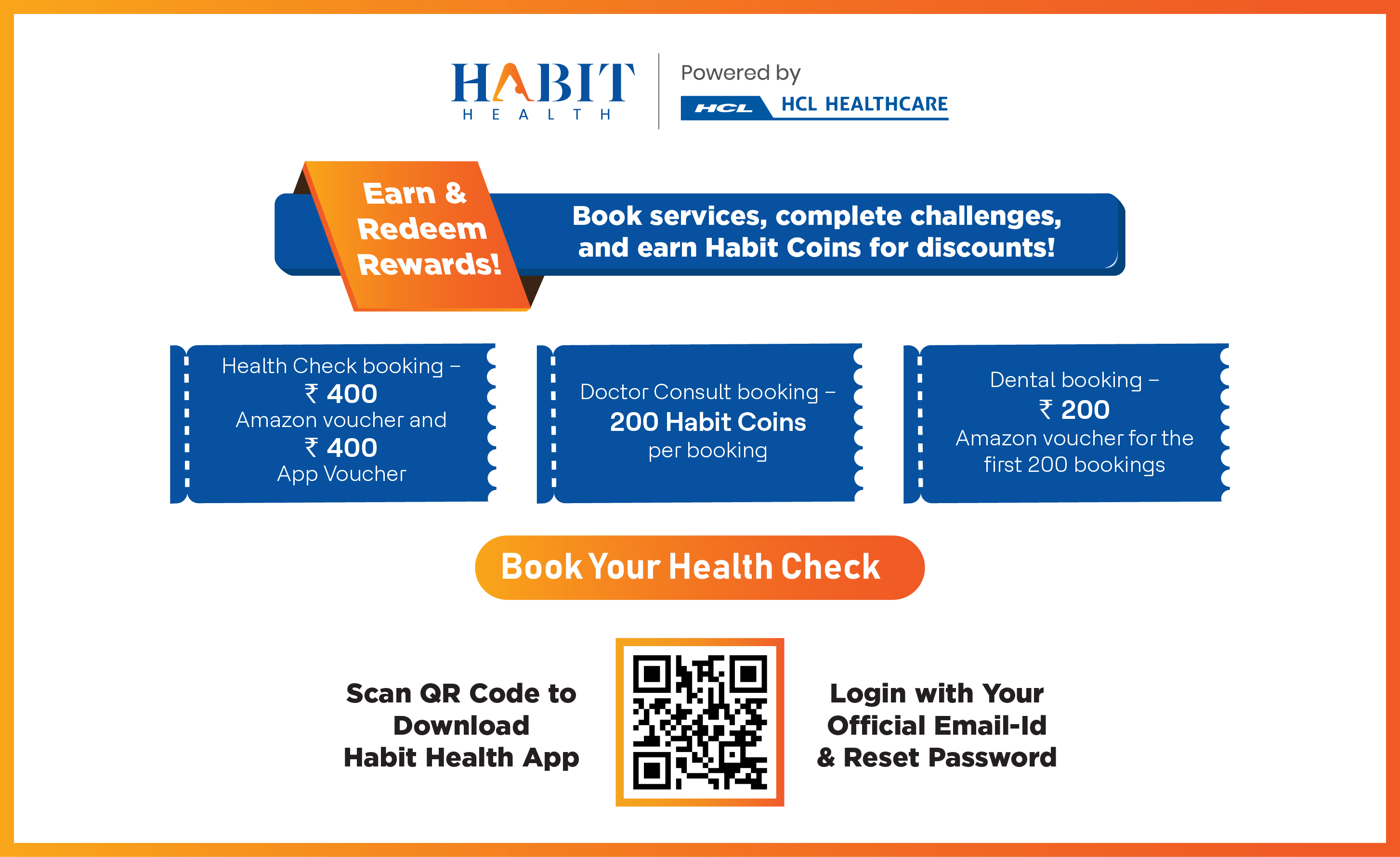Is your body telling you it’s time to start exercising? From feeling constantly tired to struggling with sleep, your body may be sending clear signals that you need to move more. Learn how to listen to your body’s needs and the benefits of physical activity.
Ever feel like your body’s trying to tell you something? Spoiler alert: it probably is! In today’s busy world, we often overlook or dismiss the subtle signs our bodies give when they need more attention—specifically, exercise. If you’ve noticed constant fatigue, unexpected weight gain, or even a grumpy mood that just won’t budge, your body might be waving a red flag.
But don’t stress! Understanding these signals and knowing how to take action is easier than you might think. Let’s dive into some of the most common signs your body needs exercise, and how you can start incorporating movement into your life—no gym membership required!
Signs your body is telling you to start exercising
- You’re always tired, no matter how much you sleep
Ever wake up feeling more tired than before you went to bed? If you find yourself yawning all day, despite logging in 7–8 hours of sleep, it’s a big sign that your body needs some movement. Surprisingly, being sedentary can drain your energy more than an active lifestyle. Regular exercise helps improve blood circulation, delivering oxygen to your muscles and tissues, giving you that much-needed energy boost.
- You’ve gained weight without major diet changes
Sometimes the scale creeps up without any noticeable change in your eating habits. This could be a sign that your body isn’t burning as many calories as it used to. While age, metabolism, and other factors play a role, exercise is a major key in keeping those extra pounds at bay. Even a simple 30-minute walk each day can help maintain your weight and prevent further gain.
- Simple tasks leave you out of breath
Feeling out of breath after climbing a few stairs or carrying groceries? That’s a big red flag that your cardiovascular fitness needs some work. Your body needs consistent aerobic activity to keep your heart and lungs strong. If you’re finding yourself winded after minimal exertion, it’s time to lace up those sneakers and start moving.
- Your mood is all over the place
Feeling more irritable or down in the dumps lately? Your emotional health is closely tied to your physical activity levels. Exercise boosts the production of endorphins—your body’s natural “feel-good” hormones. If you’re noticing more stress, anxiety, or mood swings, your body might be urging you to incorporate more movement into your day.
- You’re struggling to sleep well
Tossing and turning at night? If your sleep quality has taken a nosedive, your lack of exercise might be the culprit. Physical activity helps regulate your circadian rhythm (your body’s internal clock), making it easier to fall asleep and stay asleep through the night. Plus, working out helps reduce stress, which is a common reason many of us struggle to catch those Z’s.
- You feel stiff and sore for no reason
Stiff muscles or random body aches? These can come from sitting too long or just not moving enough. Your body is built to move, and when it doesn’t, you can start to feel stiff and sore—especially in your back, neck, and legs. Regular exercise keeps your muscles flexible and your joints lubricated, helping you avoid that uncomfortable stiffness.
How to get started with exercise (even if you’re a total beginner)
So, you’ve noticed the signs and decided it’s time to get moving. Awesome! But if the thought of starting a workout routine feels overwhelming, don’t worry—you’re not alone. Getting started doesn’t have to be complicated or intimidating. Let’s break it down into manageable steps so you can ease into it without feeling overwhelmed.
- Start small and build up
You don’t need to jump into intense workouts right away (or ever, if that’s not your style). Start small. Begin with a simple 10–15 minute walk each day. As you build consistency, gradually increase the duration and intensity of your exercise. Consistency is more important than going all out from day one.
- Pick activities you enjoy
Exercise doesn’t have to mean dragging yourself to the gym for a boring routine. Think about activities you enjoy. It could be dancing in your living room, hiking with friends, playing a sport, or even trying out a yoga class. When you do something you love, you’re more likely to stick with it.
- Set realistic goals
It’s easy to get carried away with big fitness goals, but setting unrealistic expectations can lead to burnout or disappointment. Instead, focus on small, attainable goals. For example, aim to walk for 20 minutes three times a week. Once you reach that goal, you can gradually increase the frequency or intensity of your workouts.
- Find an accountability partner
Sometimes, all you need is a little extra motivation. Find a friend, family member, or colleague who’s also interested in improving their fitness. You can encourage each other, set goals together, and even turn your workouts into social events. Having someone by your side makes it easier to stay on track.
- Try bodyweight exercises
If you’re not ready for a gym membership or don’t have any equipment, no problem! You can do plenty of effective exercises using just your body weight. Start with exercises like squats, lunges, push-ups, and planks. These exercises can be done anywhere and are great for building strength and endurance.
- Use technology to your advantage
Fitness apps, YouTube videos, or even smartwatches can help you stay motivated and track your progress. There are tons of free resources available online, so whether you want to try yoga, HIIT (high-intensity interval training), or strength training, you’re bound to find something that fits your needs and interests.
- Incorporate stretching and mobility work
Don’t forget to stretch! Stretching and mobility exercises are important for keeping your muscles flexible and preventing injury. Add a short stretching session to the beginning or end of your workouts to help your body recover and feel more limber.
Wrapping things up
Listening to your body is crucial for long-term health, and those subtle signs—fatigue, weight gain, mood swings—are often its way of telling you it needs more movement. The great news? You don’t need to overhaul your life to start feeling better. By starting small, picking activities you enjoy, and staying consistent, you’ll soon notice positive changes in your energy, mood, and overall well-being.
So, what are you waiting for? Your body’s calling—it’s time to get moving!

















